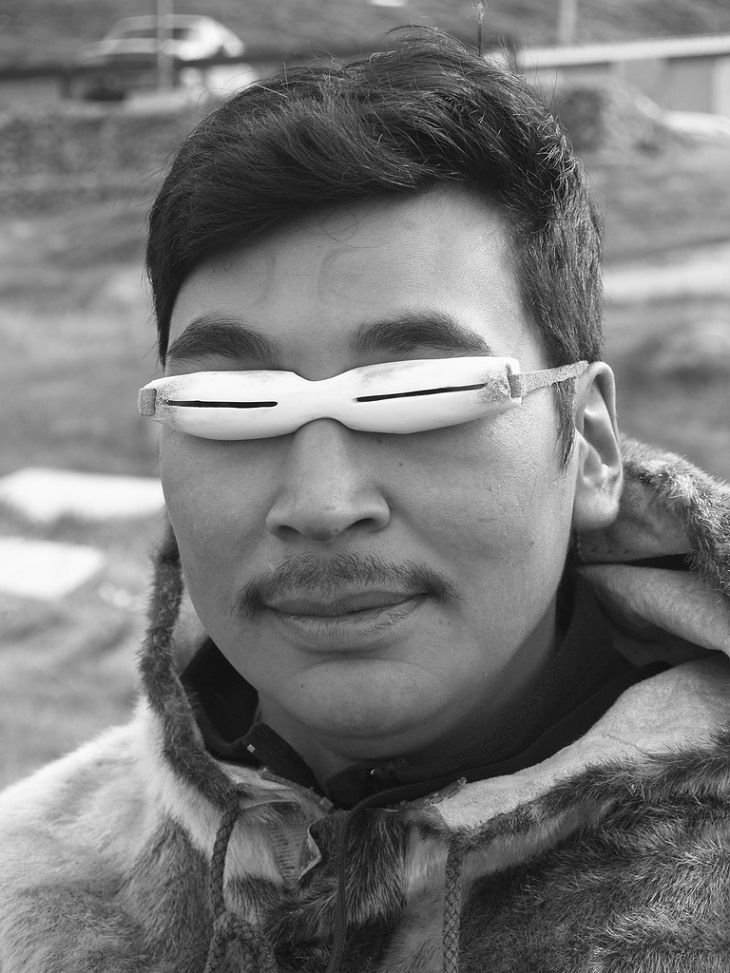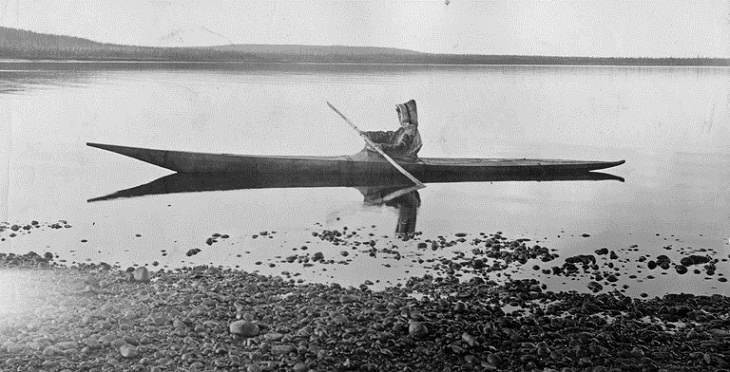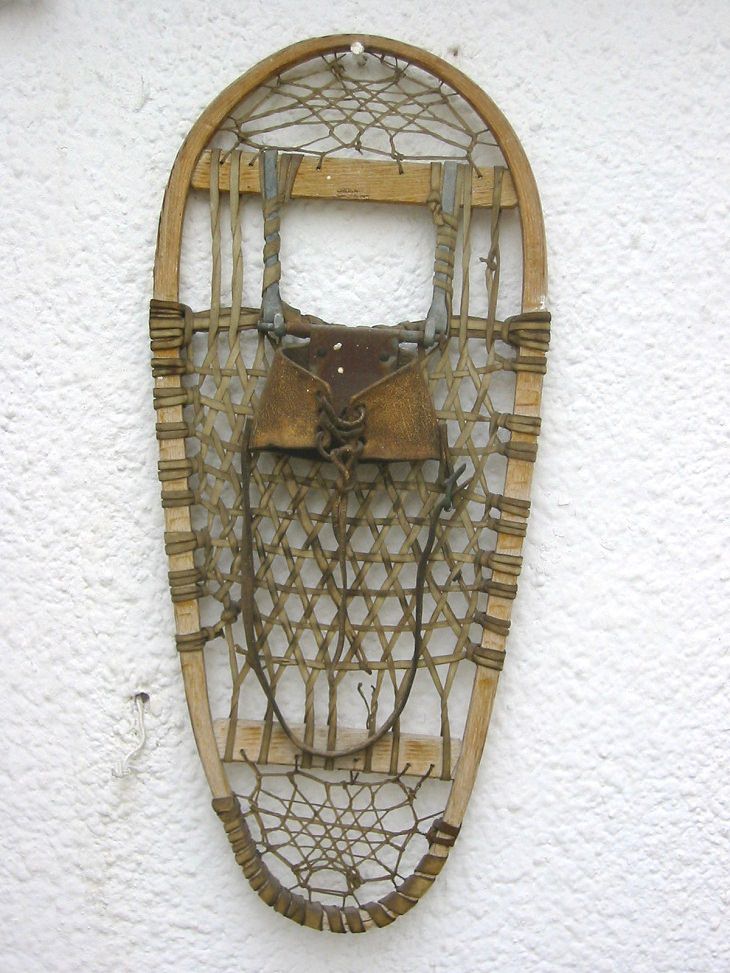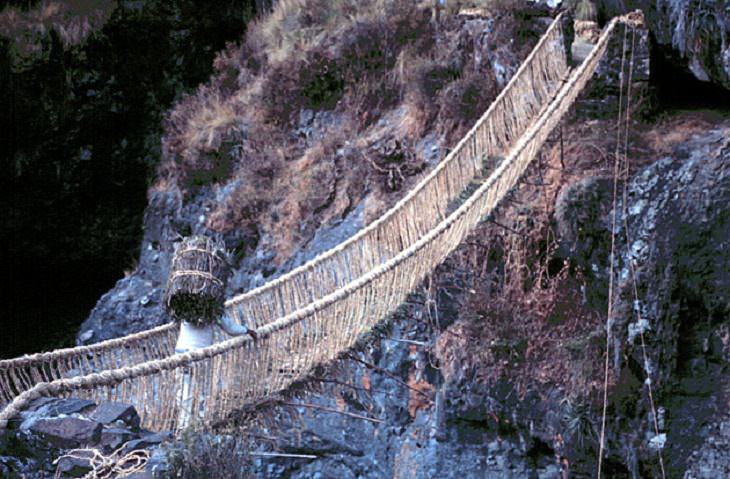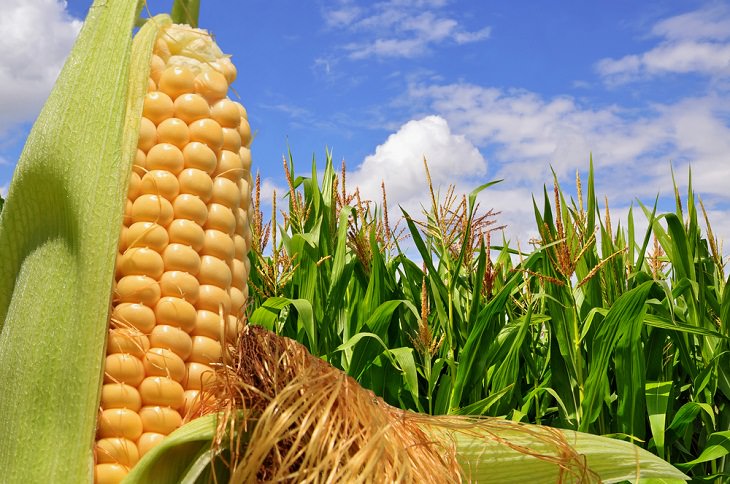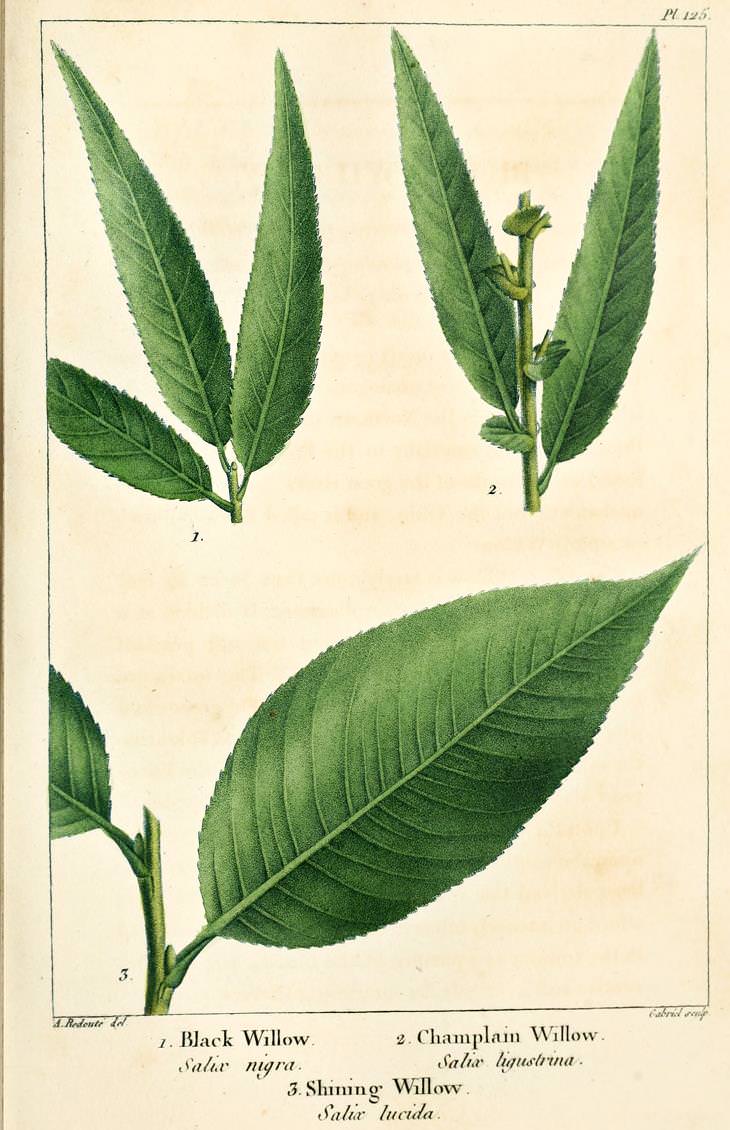The more we learn about the rich history and culture of various Native American tribes, the more it fascinates us. Initially, when the Europeans first discovered North America, they saw the indigenous people there mostly as primitives and savages. However, historians later uncovered many incredible aspects of Native Americans, including their various achievements and technological prowess.
Not many of us are aware of the skills and knowledge that the native people had. From the tip of South America to the Arctic, Native Americans contributed countless valuable things to the world in the form of inventions. People all over the world have enjoyed the fruits of many indigenous American inventions without realizing their origin.
Today, let’s discover some of the most significant Native American inventions which were later adopted by the world and are still used today.
1. Snow Goggles
Snow goggles were designed by the North American and Arctic cultures to reduce the amount of sunlight reflecting off the snow. This helped them prevent snow blindness when outdoors. While not much is known about these early twentieth-century goggles, we do know that they were made from wood, bone, antler, or seal ivory. The designs were made in a way to completely cover the eyes and let just enough light from horizontal slits to allow the wearer to see. These small slits also minimized the harm done to the eyes by UV rays. Sometimes even tiny holes were drilled into the top of the goggles to provide ventilation.
2. Kayaks
Kayaks were used throughout the Arctic and subarctic region. Native Americans living in the northern regions of North America made kayaks by stretching walrus or sealskin over wooden frames. According to historians, the Native Americans developed the kayak as they needed a small, narrow boat to navigate choppy rivers. These kayaks even had a sealed cockpit to protect the paddler from sinking.
These kayaks were made using a double paddle to increase the speed and were about 19 feet (5.7 meters) long. It is said that the kayaks were an important part of the Native American culture and were regularly used for seal and walrus hunting. Children were given a kayak by the age of 10 and they were expected to build their own by the age of 20.
3. Rubber balls
The Olmec, the earliest known major civilization in Mexico, were the first people to produce and play with rubber balls. The name Olmec means "rubber people" in Nahuatl, the Aztec language. The Olmec, whose culture thrived from 1700 B.C. to 400 B.C., manufactured different objects fashioned from rubber, including balls. A rubber ball dating back to 1000 B.C. has been found in the Olmec site of La Venta, located in the present-day Mexican state of Tabasco. Historians believe that these rubber balls were light and bounced quite high.
The word "Olmec" also refers to the rubber balls that were used for an ancient ball game that the Olmec created. Apart from the Olmecs, the Mayans and Aztecs also made solid rubber balls that were used for playing team sports on huge ball courts. The Codex Mendoza, an Aztec book of accounts, has even listed over 16,000 rubber balls being paid by the coastal provinces to the Aztec emperor.
4. Snow Shoes
Indigenous Americans from the Arctic Circle to the Great Lakes used snowshoes to make their winter travel more comfortable. They made the shoes from wooden frames fastened with rawhide thongs. These snowshoes distributed the wearer’s weight over a larger area and prevented them from sinking into the snow. The tradition of snowshoes, in fact, united nearly all Native American tribes who lived in snowy areas. People in the North American Northeast made snowshoes by creating a frame of light wood and shaping it into an oval with a point on one end. The Cree and other subarctic tribes also made snowshoes by flexing the rounded front of the frame upward and then fastening it into place with netting.
New, high-tech and light-weight snowshoes have now been developed that are designed for running on groomed snowshoe trails. However, the Native Americans must be credited for giving us the idea.
5. Cable Suspension Bridges
The Inca people of South America were noted for making durable suspension bridges by weaving mountain grasses and other vegetation into thick cables. These sturdy ropes were ideal for crossing long gorges and were called simp’achaka, which means “braided bridges.” Workers would create the cables at the site where the bridge was to be erected and it was a technique that was used centuries later for the construction of the Brooklyn Bridge in New York City in 1864.
Many of these suspension bridges stretched longer than what even European engineers of the time had made with stone. Today, the last remaining Incan-style grass cable suspension bridge, the Queshuachaca, can be found over a gorge in Peru’s Canas Province.
6. Corn
The Americas domesticated the corn plant 10,000 years ago. Farmers in northern Guatemala and southern Mexico bred teosinte, a wild grass, for several generations. This eventually helped develop kernels that were soft enough for human consumption. After the corn plant was created, the invention was soon adopted throughout the Western Hemisphere.
Historians have found that the first grown by Native Americans had small ears and consisted of only six to nine kernels per cob. Later on, they went on to develop many more varieties and corn became a dietary staple for the people of Mesoamerica. In fact, at one archeological site in Mexico, researchers have found fossilized popped corn kernels over 5,000 years old.
7. Baby Bottles
The concept of nursing bottles or vessels for infants has been around for centuries. However, it was the Native American tribe Seneca of the Northeast Woodlands who made a disposable nursing bottle with a nipple. This Native American nursing bottle resembled the disposable nursing bottles of today. The natives used bear intestines that would first be washed, dried, and oiled and would later be attached with a “nipple” made from a bird’s quill. The quill would be created according to the age of the infant. The bottles would be filled with pablum made of pounded nuts and meat mixed with water.
8. Raised Bed Gardening
The natives of South and Central America invented one of the most productive methods of farming by growing plants in soil that has been enriched and heaped into raised garden plots. While this technique was later adapted as raised bed gardening, back then the Native Americans used to call it chinampas that were made on swampy land and in lakes. These raised beds allowed the farmers to control the growing environment, something that wild planting did not provide. The plants (mainly corn, beans, sunflowers, squash, and other crops that were unknown in Europe) were separated by blocks or mounds to keep them free from weeds.
This system of farming, first developed by the Maya, who lived in the lowlands of the southern Yucatán Peninsula, revolutionized agricultural production in South America.
9. Aspirin
The Salix nigra willow tree is native to parts of the East Coast, Florida, Texas, and Canada. The bark of the tree was used by Native American tribes to create many fever medications. The Inupiaq, who lived in the northwestern part of present-day Canada, used the bark for soothing sore throats, coughs, and stomach gas. The Miꞌkmaq (of the Northeastern Woodlands) used it to treat skin diseases and for treating sore or sprained joints.
Willow contains the chemical salicin, which is proven to reduce swelling and block pain. Once it goes inside the body, it produces salicylic acid which is the main ingredient for modern aspirin. Interestingly, salicin was not discovered by Western science until the early 1900s.
10. Mouthwash
Native Americans were also known to place an emphasis on oral hygiene and a number of tribes in northeastern North America used gold thread (Coptis trifolia) as a mouthwash. In fact, wherever the plant grew, the Native Americans used it for improving all aspects of their dental care. The plant contains the alkaloid berberine, which is similar in nature to nicotine and morphine and helps in easing pain. The Native Americans collected gold thread in the fall and used the roots to prepare mouthwash. The Pillager Chippewa (Anishinabe), Mohegan, Potawatomi, and Menominee people used it as a mouthwash for babies, by rubbing it on their gums when they were teething to lessen the pain.
Share this store with other history buffs...

